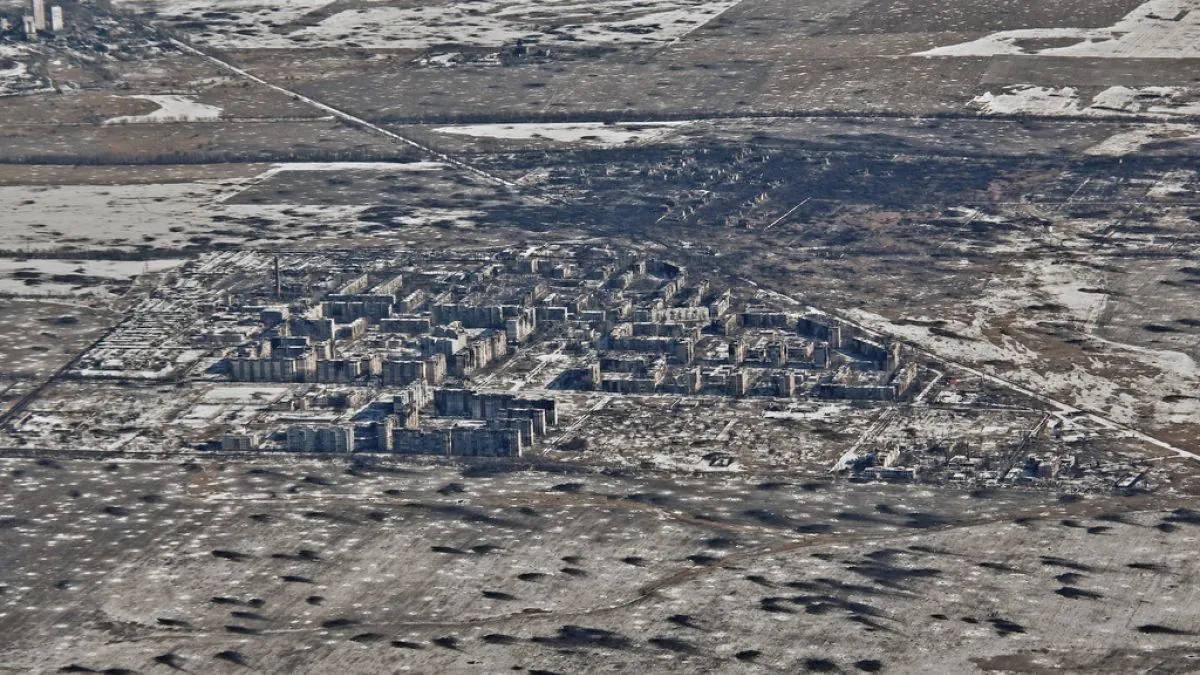Vuhledar Falls: Ukraine's Strategic Setback in Eastern Front
Ukrainian forces withdraw from Vuhledar, a key town in Donetsk Oblast, after two years of fierce defense. The loss highlights Ukraine's challenges and Russia's advancing tactics in the ongoing conflict.

In a significant development in the ongoing conflict between Russia and Ukraine, Ukrainian forces have withdrawn from the strategically important town of Vuhledar in Donetsk Oblast. This retreat marks a notable setback for Ukraine's defensive efforts in the eastern front, nearly three years into the war that began in February 2022.
Vuhledar, meaning "coal gift" in Ukrainian, was founded in 1964 as a mining settlement. Situated atop a hill approximately 200 meters above sea level, the town provided a crucial vantage point for Ukrainian forces. Its elevation and proximity to important road junctions made it a key defensive stronghold against Russian advances.
The Ukrainian military announced the withdrawal on October 2, 2024, citing the need to "protect the military personnel and equipment." This decision came after two years of intense fighting, during which the town's pre-war population of 14,000 dwindled to less than 100.
The fall of Vuhledar reflects broader challenges facing Ukraine in this phase of the conflict. Western restrictions on the use of long-range weapons have limited Ukraine's ability to strike targets deep inside Russian territory. This constraint has prevented Ukrainian forces from degrading Moscow's military capabilities effectively.
"(The Russians') main tactic was to encircle us from the flanks, and they did this constantly for six to seven months with constant aerial attacks — due to this tactic they managed to exhaust our resources, because we don't have as much as they have."
Russian forces have capitalized on their air superiority, employing devastating aerial glide bombs against which Ukraine has no effective countermeasures. On average, Russia launches nearly 120 aerial bombs daily, totaling about 3,000 per month. These Soviet-era weapons, refitted with modern navigational technology, have played a crucial role in eroding Ukrainian defenses.
The battle for Vuhledar intensified in January 2023, with Russian forces making multiple failed attempts to capture the town throughout that year. The 72nd Brigade of the Ukrainian military, which had been defending Vuhledar since August 2022, faced relentless pressure without rotation due to the intensity of the fight and the lack of a clear demobilization strategy.

The loss of Vuhledar is part of a larger Russian offensive aimed at capturing the strategic logistics hub of Pokrovsk, located just 30 kilometers north. While the fall of Vuhledar itself may not dramatically alter the course of the war, it represents a significant gain for Russian forces and potentially impacts Ukraine's ability to defend other nearby settlements.
As the conflict continues, attention now turns to the nearby city of Kurakhove, which may become the next target for Russian forces. The interconnected nature of these defensive lines means that the loss of Kurakhove could further compromise Ukrainian positions in the region.
The situation in Vuhledar underscores the complex challenges facing Ukraine as it continues to defend its territory against Russian aggression. The town's fall serves as a stark reminder of the ongoing humanitarian and strategic costs of this protracted conflict in the heart of Eastern Europe.


































